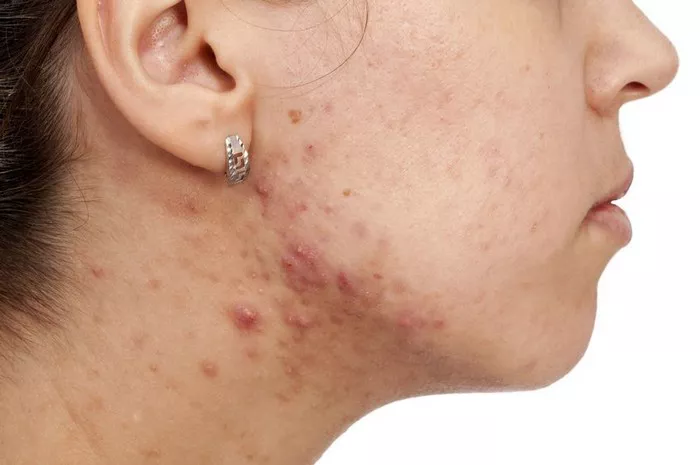Every April 22nd marks the global observance of Earth Day, underscoring the interconnection between environmental factors and human well-being.
Dermatologic conditions are profoundly influenced by environmental elements such as temperature, weather patterns, climatic variations, and exposure to sunlight. Furthermore, the impact of human-made surroundings, including green spaces availability and air quality, adds complexity to this relationship.
This Earth Day, Dermatology Times delves into recent research and discussions surrounding the pivotal role of natural and built environments in shaping skin health. Examining conditions like atopic dermatitis, pigmentary disorders, aging skin, psoriasis, urticaria, and acne unveils a multifaceted interplay between environmental factors and dermatological well-being.
Atopic Dermatitis and Traffic Proximity
Recent findings from a study conducted by researchers at National Jewish Health in Denver, Colorado, revealed a significant correlation between residential proximity to high-traffic roadways and the prevalence of atopic dermatitis (AD). Published in the Journal of Allergy and Clinical Immunology, the study analyzed over 14,000 pediatric patients in the Denver area over 13 years. Results indicated a 26.1% reduction in AD risk for individuals living at least 1000 meters away from major roads. The study underscored an 18.8% decrease in AD odds for every tenfold increase in distance from a major roadway.
Pigmentation and the Skin Exposome
Dr. Arianne Shadi Kourosh, MD, MPH, FAAD, elucidated the impact of environmental factors on skin health at the 2024 American Academy of Dermatology Annual Meeting. Her discourse highlighted the deleterious effects of visible light, infrared radiation, geographical location, and pollution on the skin.
Visible light, constituting half of solar radiation, penetrates deeply, causing DNA oxidation and collagen depletion, especially in darker skin types. Pollution, particularly airborne particulate matter and ozone, contributes to pigment spot formation and accelerates skin aging. Infrared radiation exacerbates pigmentation disorders and collagen damage. Dr. Kourosh emphasized the significance of geographic location, with proximity to the equator intensifying UV exposure.
Sun Exposure, Pollutants, and Aging
Dr. Jennifer Holman, MD, FAAD, emphasized the pivotal role of environmental factors in skin aging. She highlighted the detrimental effects of UVA, UVB, infrared, and blue light exposure on skin health. Airborne pollutants exacerbate oxidative damage, leading to premature aging, dark spots, and wrinkles.
Psoriasis and Weather Dynamics
Research published in Frontiers in Public Health underscored the correlation between short-term exposure to air pollutants and increased psoriasis cases among outpatients. Additionally, weather fluctuations impact psoriasis symptoms, with colder conditions exacerbating flares and warmer, humid climates offering relief.
Urticaria and Environmental Triggers
Weather extremes and sunlight exposure contribute to the onset and exacerbation of urticaria. Extreme temperatures and excessive sunlight exposure are recognized precipitants for this condition.
Acne and Natural Environmental Factors
Environmental influences, including temperature, humidity, sunlight, and air pollution, significantly impact acne development. Natural environmental elements interact with built surroundings, such as green spaces and public transport, to modulate acne triggers.
Understanding the intricate relationship between environmental factors and dermatologic conditions is paramount for effective management and prevention strategies. As we commemorate Earth Day, acknowledging the profound impact of our surroundings on skin health is imperative for fostering well-being and sustainability.


























